
Should You Lift Heavier or Lighter? Your Guide to Choosing Weights
By Katrina Scott on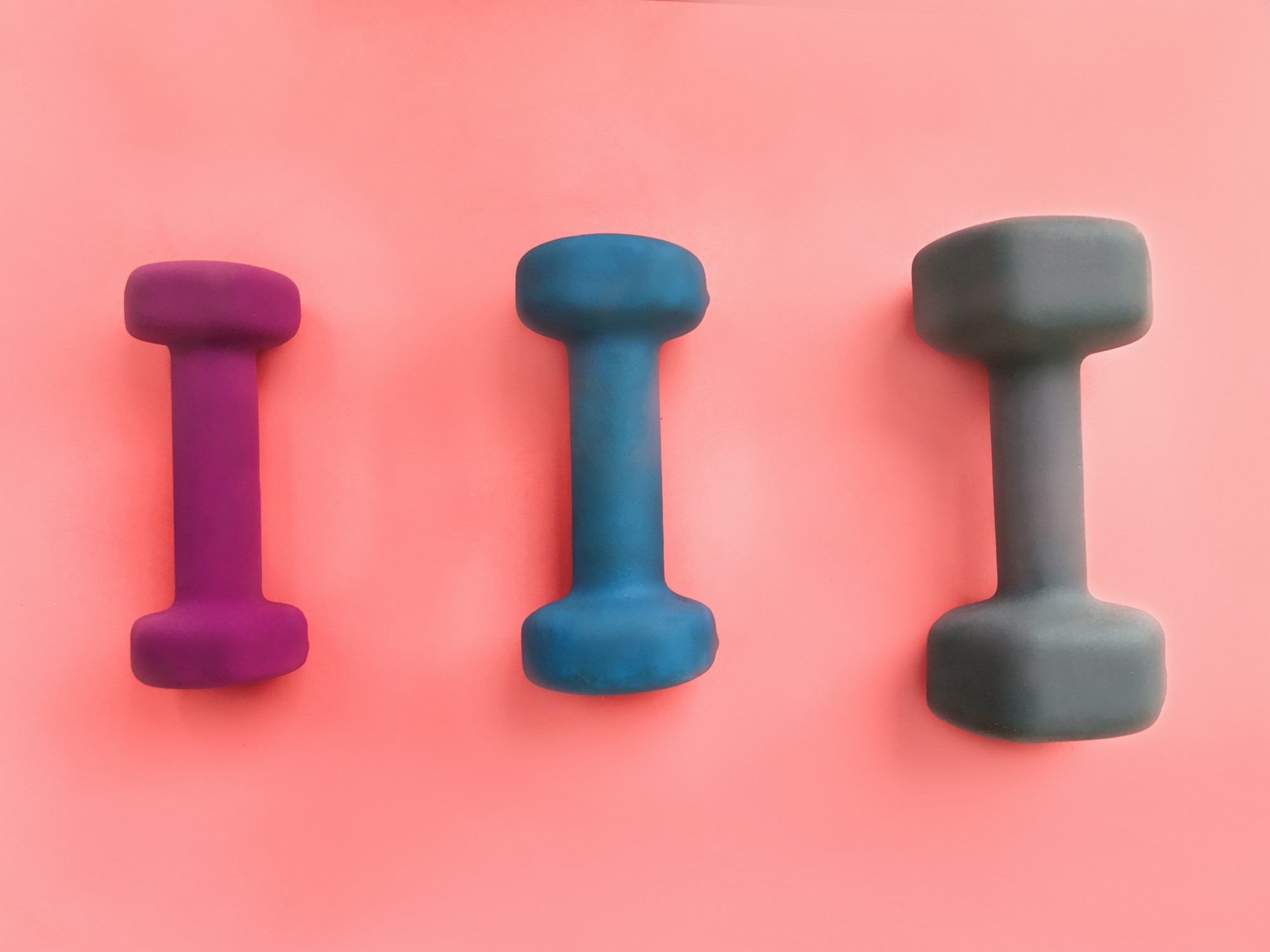
We've gotten a lot of questions about what weights to use during your Daily Workout. Simply put, it's up to you, girl! A good rule of thumb that we follow is to perform a drop set. Start off with heavier weights during your moves, then drop down to a lower weight for the next set. This helps push your muscles a lil' harder while still being able to get all of your reps in.
What you consider as "heavy" or "light" totally depends on your own strength! When you use heavier weights, you're challenging your muscles more, which helps you gain strength. We mix up our weights depending on the moves! Heavier weights are great for leg workouts because your legs tend to have more power than your upper body. Lighter weights are perfect for fine toning your arms and upper body.
There are certain moves, such as deadlifts, squats, and forward/lateral raises, that you should pay special attention to because they require heavier or lighter weights than you'd typically use. Find out all the deets below!
![]()
Deadlift
Your booty is super strong! The muscles that make up your tush have a lot of strength and power to pull from. To really work your glutes and get 'em extra perky, use heavier weights than you normally would for other moves. If you usually use a set of 8-pound dumbbells, try upping it to 12 pounds.
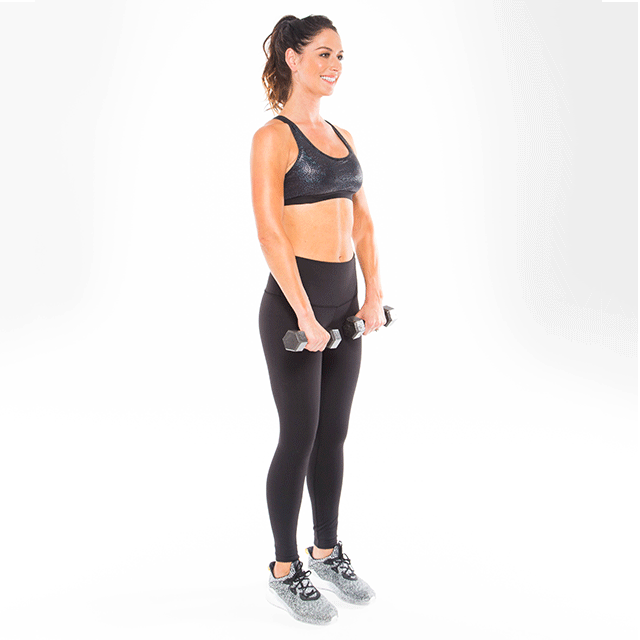
Lateral/Forward Raises
Your shoulders are the most mobile joint in your entire body. This is great because you can essentially move your arms in any direction, but it also means that your shoulder joint has less stability than other joints. For this reason, use lighter weights during moves that work the shoulders, like lateral and forward raises. This helps you maintain stability and avoid injury while still toning your upper bod.
When it comes to lateral and forward raises, we suggest using 5 pounds or less.
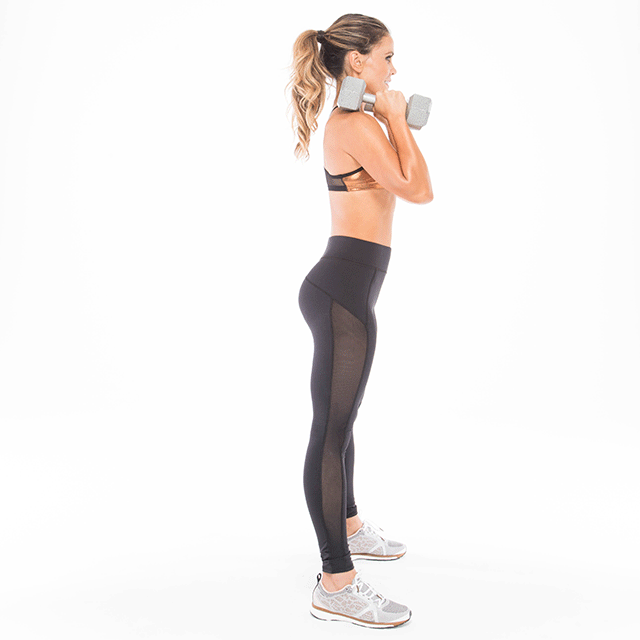
Squats
When workin' your tush, up those weights, girl! Don't forget that you can always start with heavier dumbbells then drop down to a lighter weight for later sets. Whenever you're upping your weights, pay extra attention to form and go slowly through the movement. For a reminder on how to keep your knees safe with certain moves, check out our easy modifications post HERE!
![]()



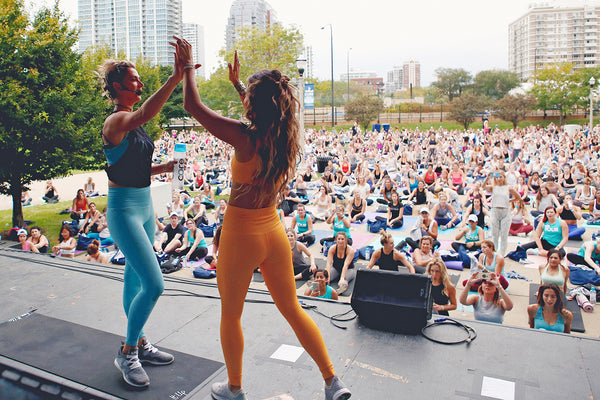




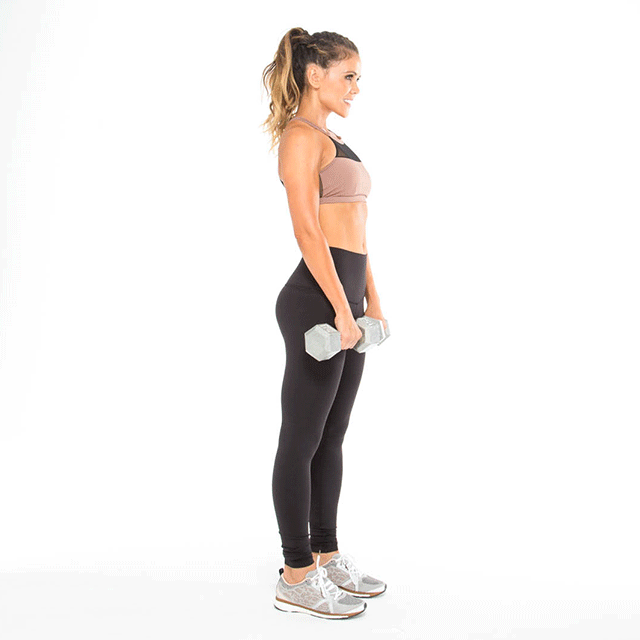





 For women, by women
For women, by women
 Share. Love. Inspire. Sweat.
Share. Love. Inspire. Sweat.
 Live Your Healthiest, Happiest Life
Live Your Healthiest, Happiest Life